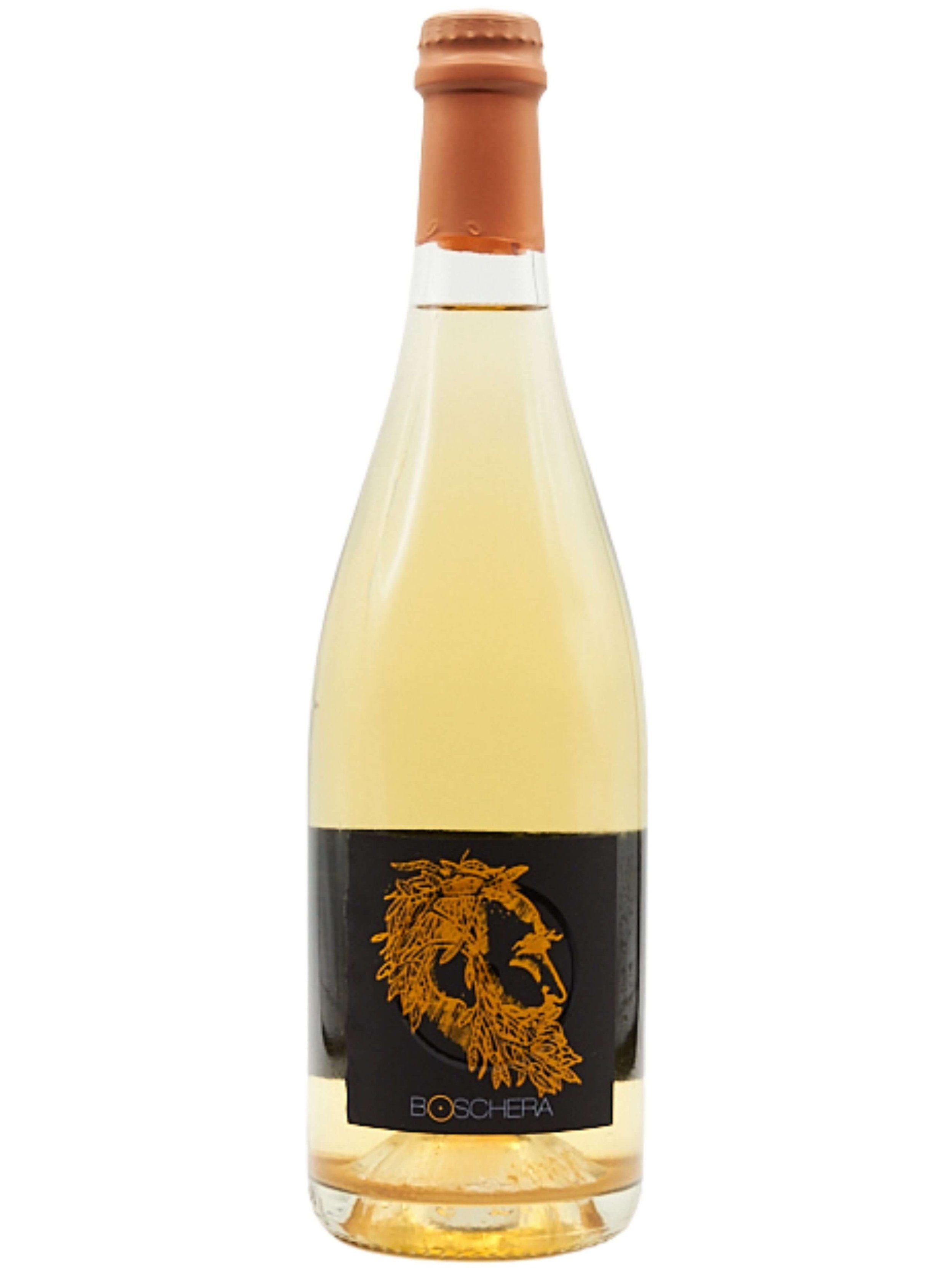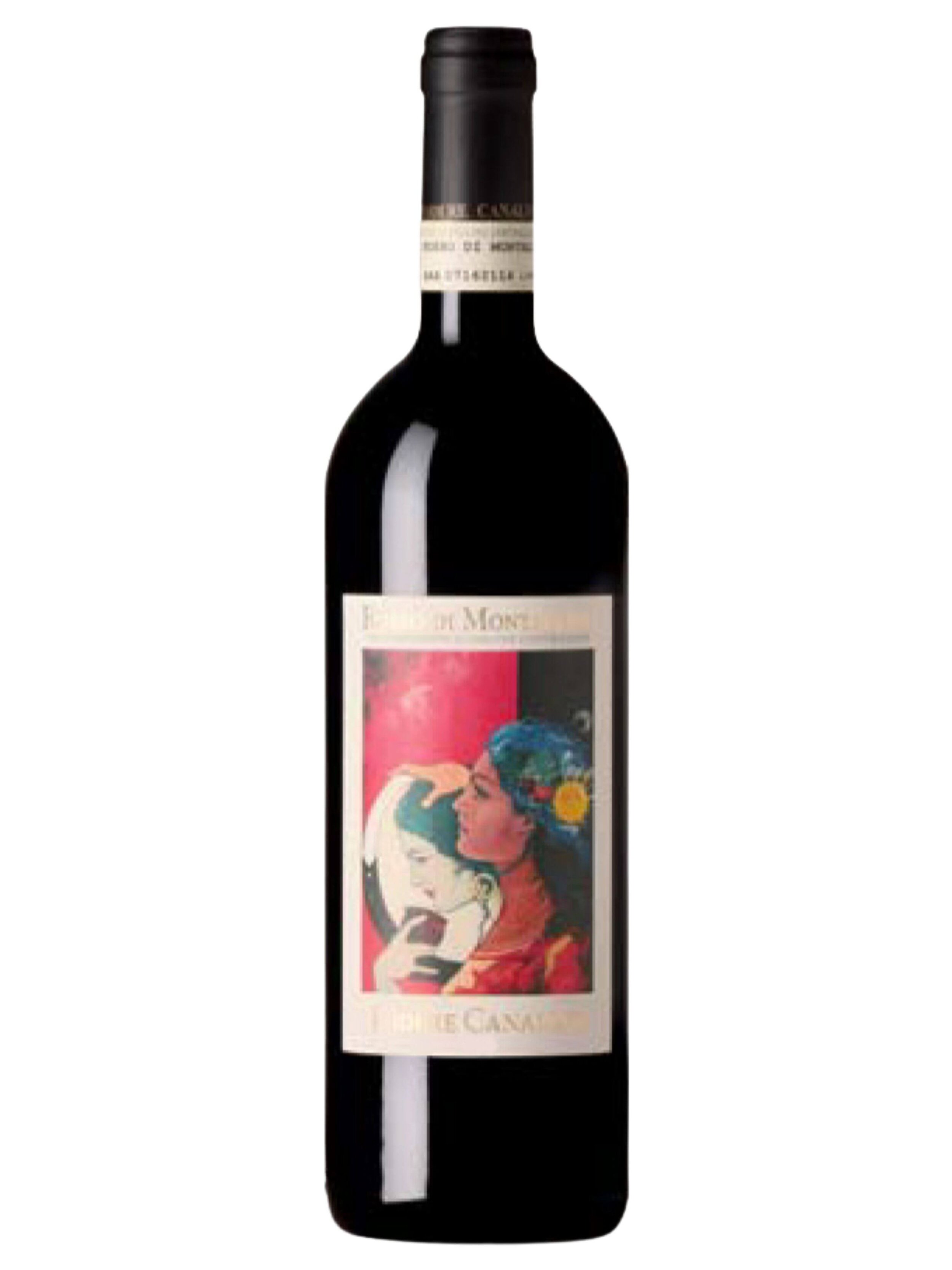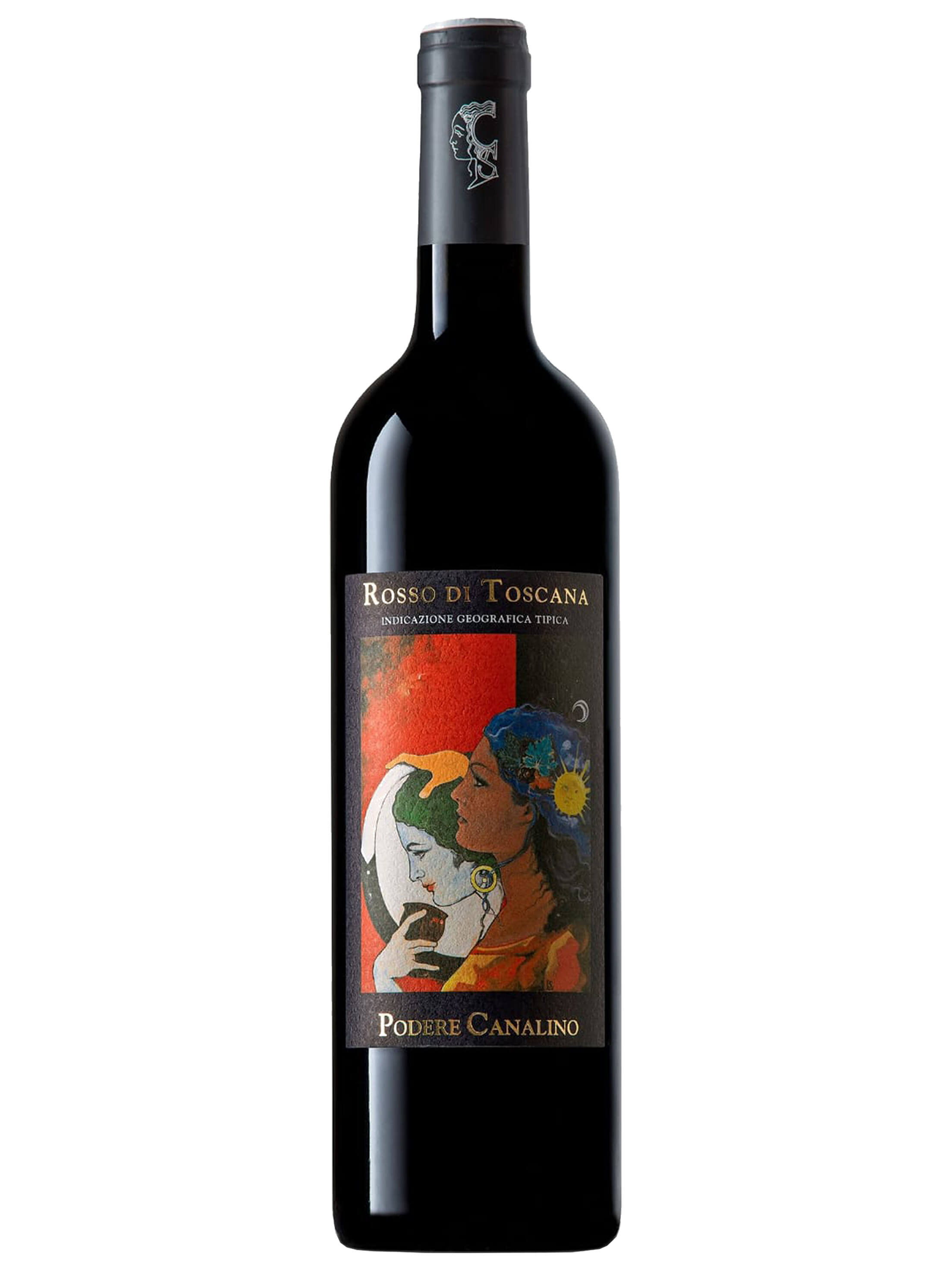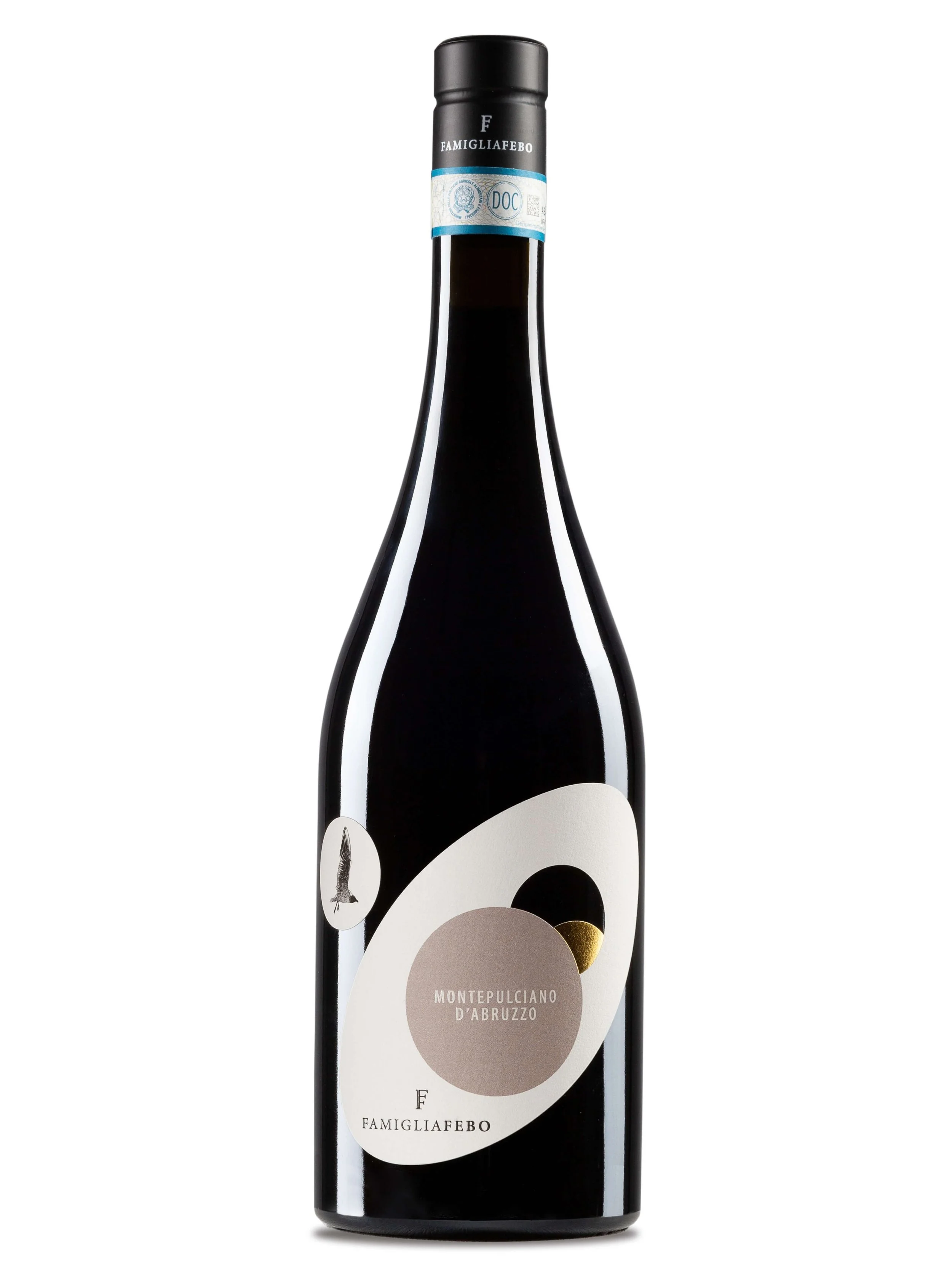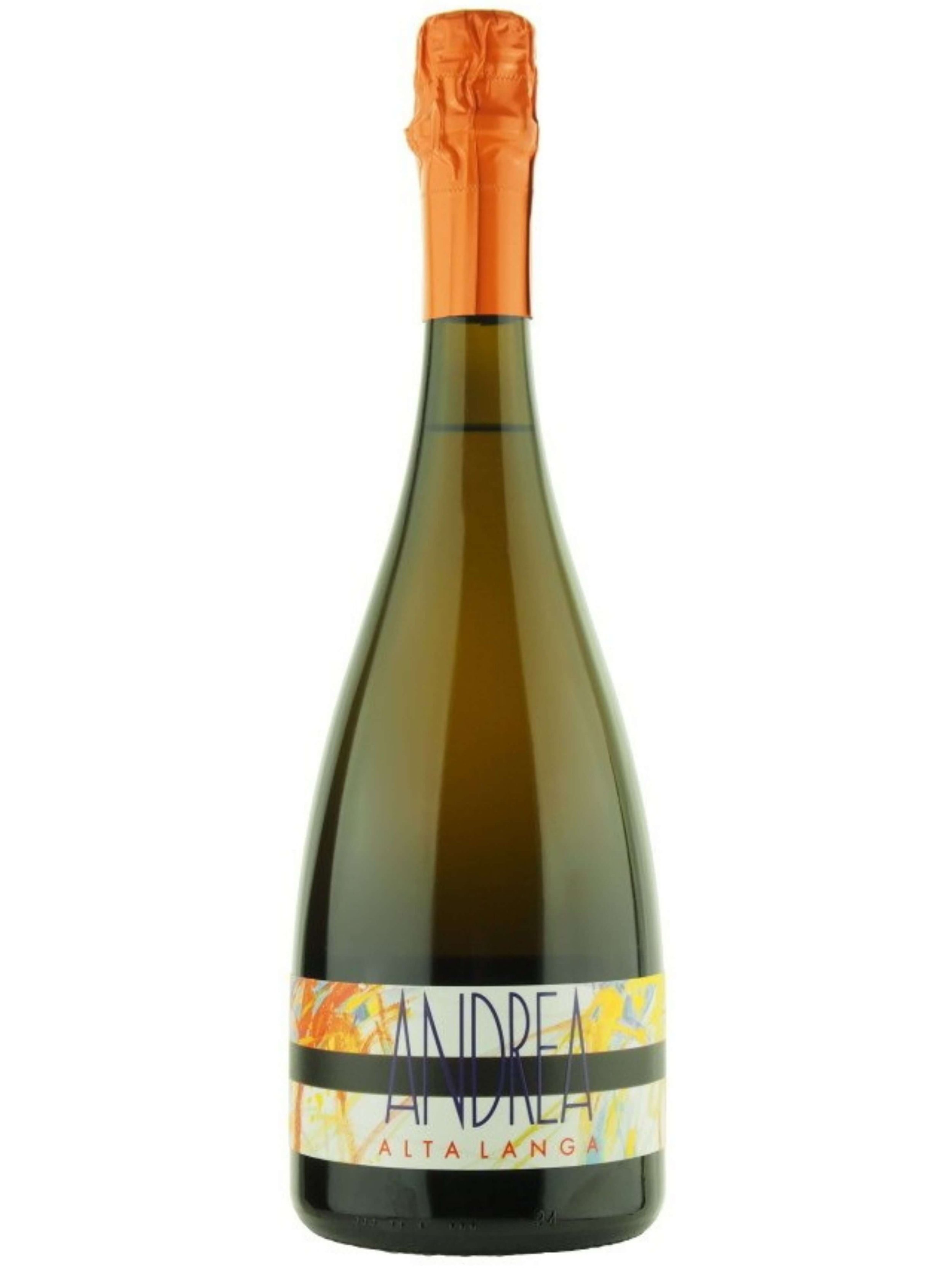Value-for-Money Wines: Lessons Learned Working Retail
Here’s Terry Nozick, wine expert and wine wine writer, in her element.
When Vero Founder, Sheila Donohue, started to get into wine 20+ years ago, she was lucky to have met 2 sisters with an enoteca, or wine store, in Bologna Italy that helped her along with her newly found love of wine. They realized that she didn’t know much about wine back then, especially Italian wine, but recognized her passion and interest to learn and explore the world of wine. These 2 sisters learned early that not only did Sheila want to learn about new grapes, wines, places she never heard of, but she also sought wines with a “buon rapporto qualità prezzo,” a descriptor for wine that Sheila heard often in Italy, meaning, “good value for money.”
Fast forward to 2024, Sheila was talking recently with wine writer and wine expert, Terry Nozick, who worked for years at a well known Los Angeles wine store. Sheila’s ears perked up when Terry started to talk, enthusiastically and passionately, about wines that she particularly likes because of their good value for money, as it took her back to the wine buying philosophy of the 2 sisters in Bologna with a wine store. This was the spark that led to the idea of this article which Terry wrote for us.
Terry is a wine professional in all senses: first and foremost, she is a WSET Diploma graduate, which makes her an “official” wine expert, having studied and passed grueling exams about wine. She has applied and finetuned her expertise in wine both as a writer as well as extensive experience in marketing and selling wine day-to-day in wine stores, fielding many questions from customers and seeking out and proposing wines to surprise and delight her customers. This article encapsulates all together Terry’s passion, knowledge and skills in wine with these valuable tips she has to share. Read on.
Expert Tips From Working in a Wine Store
Working in wine sales for nine years taught me many things. The old adage “the customer is always right” is not one of them. In fact, many customers at The Wine House in Los Angeles openly admitted their knowledge of what’s inside the bottle was poorly lacking. Often, they didn’t know the difference between a Pinot Noir and a Merlot. I grew to like these customers, who looked to me and my colleagues to guide them to the right wine choice for them. My favorite customers were those open to new wine experiences while looking for the best value for their money.
My credentials include a Wine & Spirit Education Trust (WSET) Diploma. I reached this pinnacle in 2017, after which I felt I knew so much about wine, but also felt there was so much more to learn. I had many practical questions: What’s behind the label of each bottle? Do people need to spend $100 to get a decent wine? If not, where and how do people find these wines?
My years in sales and marketing at The Wine House helped to fill in the gaps. Every day I drank up more drops of wine knowledge, enhancing my scholarly education with more practical information about the wine market. I met and tasted with innumerable winery owners, wine distributors and customers who exposed me to the ever-widening world of wine.
Over these years the hidden gems revealed themselves, and I can say with assurance that you needn’t spend top dollar to enjoy outstanding vino. There are many examples of great value-for-money wines, and a little knowledge can go a long way toward discovering them.
Following are a few tips for finding these wines and recommendations on specific value wines imported by VeroVino.
Look Beyond the “International” Varieties
Scientists have discovered 5,000 to 10,000 wine grape varieties, many of which exist only in laboratories and plant nurseries. Per Jancis Robinson et al’s Wine Grapes, there are 1,368 vine varieties currently making wine in commercial circulation. However, the vast majority of the wines sold are made from just 10 varieties. Collectively, these are called “international” varieties and include cabernet sauvignon, merlot, pinot noir, and syrah for the reds, and chardonnay, chenin blanc, riesling, sauvignon blanc, and semillon for the whites. These familiar varieties often appear on wine labels.
There’s a whole world of other, often “indigenous,” varieties of wine grapes out there. Many of these are making a comeback or are achieving more renown as new generations of farmers and winemakers strive for more authenticity in their wines. Grapes like verdicchio, pecorino, trebbiano, montepulciano, nebbiolo, schioppettino and aglianico – this list could go on and on -- are producing unique and tantalizing wines that speak of the place where they are grown. Additionally, a fantastic array of non-international variety wines offers great value for the money. Following are two examples, a white and a red.
Trebbiano Abruzzese: A Savory White
Trebbiano abruzzese is a grape native to the Abruzzo region of southern Italy. The wine it produces is called Trebbiano d’Abruzzo, which is usually priced at under $25. At a recent tasting which I hosted with wine experts Therese Peters and Natalie Leggett, we had an example of this non-international variety from Febo family wine estate in Abruzzo. I tasted this along with dozens of other trebbiano wines while on a press trip to Abruzzo in 2023. Generally, I was very impressed with many of the wines, especially those made from old vines.
Davide and Laura Febo are the latest generation to carry on the farming tradition of the hilly region of Abruzzo, which abuts the Adriatic Coast. The area’s combination of dry mountain air meeting cool and moist sea breezes creates excellent growing conditions for wine grapes. The Febo Parella Trebbiano Abruzzese is a natural, vegan wine made from 100% trebbiano abruzzese. Our tasting group agreed this pale straw yellow quaff is a savory food wine. It has flavors of ripe pineapple, sage, and tarragon and a pleasing touch of phenolic bitterness. The wine is aged in Febo’s grandfather’s concrete vessels. We enjoyed this pleasant white with a chicken and spinach salad and concurred this would make a great pairing with traditional Thanksgiving fare. The wine retails for mid $20s.
Schioppettino: A Light, Easy Drinking Red
Another under-the-radar find is schioppettino, a “building superstar” red grape, according to wine author Ian D’Agata in his book Native Wine Grapes of Italy. He writes that it’s one of his favorite wines of all, and I have to agree with him. If you like lighter bodied reds, maybe with a slight chill, a Schioppettino may be just for you.
Hmm… could this be a Schioppettino or Langhe Nebbiolo that Terry is enjoying here?
As the name implies — in Italian ‘schioppare’ means to burst — the wine explodes with aromas and flavors. A stellar example is the Vigna Petrussa Schioppettino di Prepotto Natural Wine Red. Our tasting group was impressed with the complexity of this lighter bodied wine, with flavors of wild blackberries, dried mushrooms and pepper. Our group compared this to a Cru Beaujolais or, with its crystalline flavors, a cool climate Syrah. This easy drinker would pair well with pork or grilled salmon, but we liked it with meatballs in red sauce from Eataly. This wine has all the complexity you want from a red, but it’s lighter and more refreshing, a summer red that’s “not just cherry juice.” Decanter and Gambero Rosso agree with us, as they awarded it a Gold Medal and 3 Bicchieri Award, respectively.
{Note: check out this article which talks further about the excitement of discovering new grape varieties.]
Consider “Second” Wines
Many wineries produce a second wine, also called a second label, using the leftover or extra grapes from their annual harvest. These wines are produced using considerably fewer resources. For example, there is less aging of the wines, and few or no oak barrels are used. These wines are quicker to market, thereby providing income to the winery while the top wines mature. And they are priced to sell.
This “second wine” phenomenon is most closely associated with Bordeaux houses; however, the concept can be seen in the wineries of California, Italy and Spain. For instance, in Italy, the term “Rosso,” as in Rosso di Montalcino, usually indicates that this is the second wine of a producer who makes Brunello di Montalcino, like Vero’s producer Canalino in Montalcino. Rosso wines are typically made with the same grape variety as the first wine, often from the same vineyard as the first wine (but not always), and by the same winemaking team. It may be less complex and more appropriate for early drinking than the first wine, but it’s also priced accordingly, making it a very good deal.
Nebbiolo, which Ian d’Agata calls “Italy’s greatest native grape and … one of the world’s five or six great cultivars” is best known in the wines of Barolo in northern Italy’s Piedmont region. Barolo wines are much sought after and can command high prices, as they can age for decades while retaining their freshness, structure and perfumed elegance. Many Barolo producers also produce simpler, less expensive nebbiolos, often labeled as Langhe Nebbiolo. The reasons for this vary: the vines may be too young to bottle as Barolo, the vintage is not particularly great, or the producer simply wants to produce a more approachable wine to sell while their Barolos age.
Aldo Clerico is a multi generation Barolo winegrower and a first generation Barolo winemaker who grew up in Monforte d’Alba, the heart of the Barolo region. His Aldo Clerico Langhe Nebbiolo is made from nebbiolo grapes cultivated from his youngest vines in the Barolo area. The grapes are worked with the same care as his Barolo vineyards, and are refined in wood casks, producing this “Baby Barolo” at a more affordable price than his Barolo, that is, under $30.
Our tasting group agreed this is a bright, exuberantly youthful wine, tasting of morello cherries, oolong tea leaf, violets, and forest floor, with high acidity and tannins. It’s a fairly simple, slightly rustic wine, which we paired with the Eataly meatballs. We agreed it would be interesting to see this wine age another few years to see how it develops.
Look Beyond “Star” Producers
Artisan wine producers often are a source of value-for-money wines. In many cases, as with Febo, Aldo Clerico and Vigna Petrussa, their families have been farming the land for generations, moving into winemaking over time. These producers have vineyards “in their blood.” Often, a new generation chooses to make its mark on the vines and the winery. With their name on the bottle, they have great pride in their product and tend to be in the game not just for money, but to show their pride in their wines, with a focus on “terroir” or “place.”
Aldo Clerico took over the reigns of his family’s small holdings in 2004, which previously were part of the larger Clerico clan with Domenico Clerico in the mix. Aldo’s wife Valentina hails from another famous Barolo family, the Conternos. Because of his wife’s familiar connection, Aldo has unusual access to grapes in the sought-after Ginestra vineyard. Barolos from this single vineyard are highly praised, and tend to be powerful, structured, and age worthy. They are priced accordingly, usually $100 and upward.
The 2017 Aldo Clerico Barolo Ginestra Single Vineyard Natural Biodynamic Wine offers value-for-money, significantly below the $100 price point. Our tasting group noticed the greater sophistication level of this wine when compared with Clerico’s Langhe Nebbiolo. The wine has aromas and flavors of baked cherry pie, baking spices, wilted rose petals, and cedar and vanilla from the barrique vessels in which it ages.
Tying in unusual grapes with hidden gems of wine producers is women-owned Vigna Petrussa in Friuli. Turning back to wine critic Ian d’Agata, he has cited them as “one of Italy’s best and most under the radar estates.” He has also highly praised their Schioppettino wines, putting them neck and neck with the renowned Schioppettino producer Ronchi di Cialla.
Try “Other Bubbles”
If sparkling wine is your jam, but Champagne prices are not, you may consider the other bubbles produced around the world.
Creating and running wine events was part of my retail job. My favorite yearly event was one called “Other Bubbles,” featuring myriad sparkling wines from many different geographies. I have always been impressed with the quality and prices of these sparkling wines. The feedback I got after recommending an Alsace cremant, for example, was great surprise at the quality for the price. A typical crémant wine is around $18 to $22 and is one of the greatest values you can find.
Other bubbles include Prosecco from Italy, Sekt from Germany, Cava from Spain, California sparklings, as well as several examples from South Africa, Australia, and even New Mexico. Many of these sparklers are made in the traditional method, some using the same grapes as Champagne, others using indigenous varieties. The prices are generally a fraction of those in Champagne.
Terry Nozick “in action” in a vineyard at natural wine farm and estate, La Maliosa, in Maremma Tuscany
A fine example is the Ivaldi Andrea Extra Brut Alta Langa Champagne Method Sparkling Wine Biodynamic. Alta Langa is an up-and-coming northern Italian traditional sparkling wine DOCG. Natalie Leggett, one of our tasting group, had just returned from a trip to Piedmont and was much impressed by the number and quality of producers in Alta Langa. Our tasting of this blanc de blancs showed this to be an opulent and rich sparkling wine, with notes of bruised yellow apple, chamomile flowers, ripe lemon and lime, candied ginger, and nuttiness such as bitter almonds, walnut skins and hazelnuts. Made in the traditional method, this $40 sparkling is 100% chardonnay grown at 200 meters, late harvested to give it more structure, which it has in spades. This is definitely a food wine making an excellent pairing with white fish, veal, and pork with mustard sauce. We had it with a mushroom risotto, and its umami flavors complimented the earthy rice dish. The bubbles were persistent, and the wine is bone dry.
Another champagne style wine which fits in this category is Sandro de Bruno’s Durello which I reviewed in this article.
Wines that Check All the Boxes
We here at Vero are motivated to find you good value for money wines that are also ripe for exploration, hence also new to the US market. They check all the boxes from different varieties to sustainably made wines to wines that take you back to a place, like that exact vineyard where Terry is in this picture at La Maliosa Tuscan farm and winery, and last but not least, represent good value wines considering that you practically can’t get them anywhere else.
Nevertheless, we want Americans across the US, from businesses to consumers, to get the word out and buy our farm to glass wines and olive oils:
If you are a distributor reach out to us introduce our highly curated portfolio of one of a kind small production wines to your state.
We sell to wine stores and restaurants in certain states - contact us to learn more.
If our farm crafted natural wines and olive oils are not in your local shop or restaurant, buy wine online here, and we’ll ship it to you, including wine gifts.
We also have an award winning wine club for true wine explorers that are seeking to continually discover unique, sustainable and authentic small production wines they never had. These are wines selected by our sommeliers and curated for each box.
We do corporate gifts and sommelier guided wine tastings. Email us and we’ll tailor unique and sustainable corporate gift ideas.
Article written by Terry Nozick, wine writer and WSET Level 4 Diploma.






